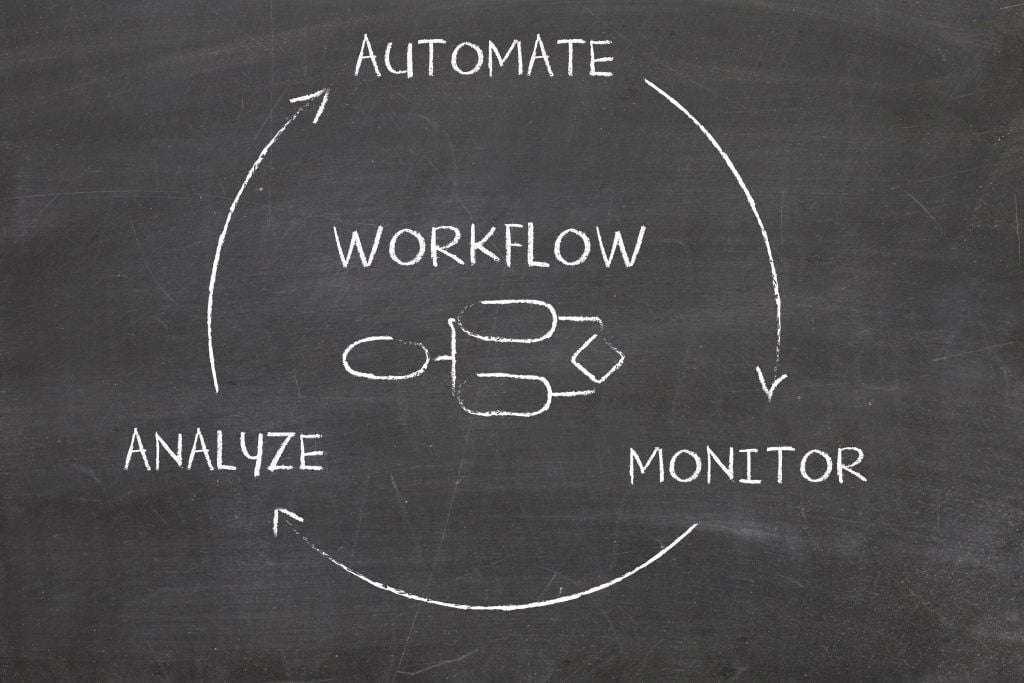Business Process Automation: How it Can Help Your Business Succeed

Business process automation (BPA) is the umbrella term for technologies that automate business processes. In other words, it refers to the use of technology to make tasks easier and faster.
BPA can solve a number of common problems for businesses, including reducing errors and improving efficiency. For business owners, it’s crucial to understand how BPA can help your business succeed.
This article will discuss the benefits of business process automation and how you can get started using it in your own business.
What Is Business Process Automation (BPA)?
Business process automation is the use of technology to automate tasks traditionally performed by humans. It goes beyond simple tasks like data entry and form submission to more complicated processes like customer service or inventory management.
BPA can be used in any business process where a complex task can be automated. The goal of BPA is to enhance efficiency and precision by eliminating the need for human intervention.
There are many different types of BPA software available, each designed to automate specific tasks. For example, various programs can automatically create invoices based on purchase orders or convert unstructured data into meaningful reports.
Business process automation can also be used to automate manual processes such as claims processing or customer service. In these cases, businesses can configure the software to mimic the steps a human would take to complete the task.
Why Use Business Process Automation?
There are many reasons you might want to consider using business process automation in your business. The most obvious reason is to increase efficiency and save time.
BPA can also help to ensure accuracy by eliminating human error. For example, if you are using BPA to create invoices, the software will ensure that all of the information is accurate before it is sent out. This can help you avoid costly mistakes resulting in late payments or incorrect charges.
Another benefit of BPA is that it can free up your employees to focus on more high-level tasks. For example, if you use BPA to automate data entry or customer service, your employees will no longer need to waste their time on these tasks.
Instead, they can focus on more important things, like developing new products or coming up with creative marketing campaigns. This can help to increase productivity while improving your bottom line.
How to Get Started with Business Process Automation
If you are interested in using BPA in your business, there are a few things you need to do to get started.
- Identify the tasks that you want to automate. This will help you determine which BPA software is right for your business.
- Evaluate the different BPA software options. Many different software packages are available, so it’s essential to find one that meets your specific needs.
- Make sure you have the necessary hardware and infrastructure in place. BPA software often requires access to databases and other systems, so you need to make sure you have the proper infrastructure in place before you can start using it.
- Train your employees. BPA can be a significant change for your business, so it’s vital to ensure your employees are adequately trained on using the new software.
Business process automation can help your business improve efficiency, save time, and reduce errors. If you are interested in using BPA in your business, identify the tasks you want to automate and evaluate the different software options.
Then, make sure you have the necessary hardware and infrastructure in place and train your employees on how to use the new software. With BPA, you can take your business to the next level of success.
FAQs
Now that we’ve addressed some of the basics of business process automation, let’s examine some frequently asked questions.
What Types of Tasks Can Be Automated?
Just about any task that is repetitive and doesn’t require human intervention can be automated. This includes data entry, form submission, customer service, and report generation.
How Do I Know if BPA Is Right for My Business?
If you have any tasks that are repetitive and time-consuming, BPA can likely help automate them. This can free up your employees to focus on more critical tasks while increasing ROI.
Are There Any Disadvantages to Business Process Automation?
There are always concerns when implementing new software, but the benefits of business process automation usually outweigh the risks. Some disadvantages of BPA might include a learning curve for employees and potential security risks.
Make sure to do your research and choose a reputable software package to minimize the possibility of these problems occurring.
How Much Does BPA Software Cost?
The cost of BPA software can vary depending on the features and functionality you need. However, there are many affordable options available, so you’ll likely be able to find a package that fits your budget.
Will BPA Software Work with My Current Systems?
Most BPA software is designed to work with a variety of systems, so you can be confident that it will work with your current systems. However, it’s always best to check with the software vendor to be sure.
What Does the Future Hold for Business Process Automation?
The future of business process automation is looking very bright. As businesses continue to look for ways to improve efficiency and save time, BPA will become increasingly more popular. Additionally, new technologies are being developed all the time that can help to make business process automation even more effective.
In particular, advances in artificial intelligence (AI) and machine learning will likely have a significant impact on business process automation in the future. These technologies can help to automate even more complex tasks and processes.
Final Thoughts
Business process automation supports enterprise-wide initiatives to improve key performance indicators such as cost, quality, service, and speed. BPA can generally lead to increased ROI from cost savings and process improvements.
When done well, BPA is a major differentiator for companies competing in today’s global marketplace. By implementing high-level automation, businesses can improve their bottom line and become more agile and responsive to change.


